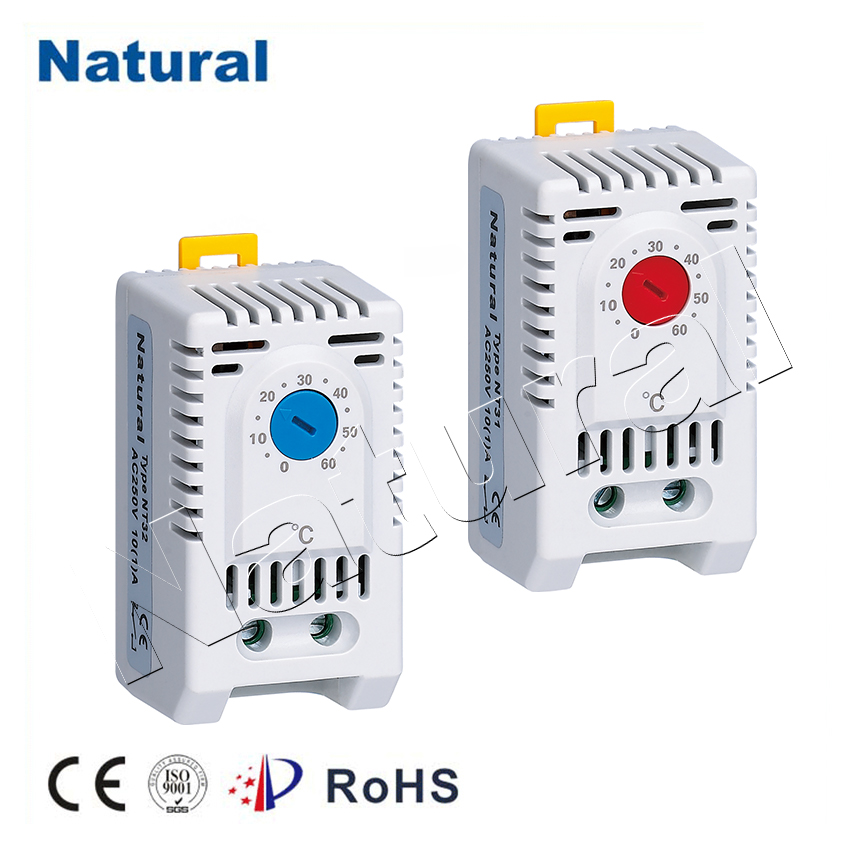In today’s fast-paced industrial landscape, precise temperature control is a critical factor in ensuring optimal performance and product quality across various processes. One of the indispensable tools in achieving this control is the DIN rail temperature controller. This compact and versatile device plays a pivotal role in managing temperatures, enhancing efficiency, and minimizing wastage in industrial settings.

The Versatility of DIN Rail Temperature Controllers DIN rail temperature controllers are designed to be mounted on standard DIN rails, commonly found in control panels and electrical enclosures. Their compact size and modular design make them an ideal choice for space-constrained environments. These controllers offer a wide temperature range and can be easily integrated into diverse systems, ranging from manufacturing and automation to food processing and HVAC (heating, ventilation, and air conditioning) systems. Precision Temperature Regulation At the heart of DIN rail temperature controllers lies their ability to provide precise temperature regulation. Equipped with advanced microprocessors and accurate sensors, these controllers constantly monitor and adjust the temperature of the controlled environment. This level of precision ensures that critical processes, such as chemical reactions and material curing, occur under optimal conditions, thereby reducing defects and enhancing overall product quality. User-Friendly Interface Most DIN rail temperature controllers feature user-friendly interfaces that facilitate seamless operation and configuration. Through intuitive displays and accessible controls, users can set desired temperature parameters, view real-time temperature data, and make adjustments as needed. This ease of use empowers operators to respond swiftly to changing conditions and maintain tight control over the processes. Energy Efficiency Efficiency is a paramount concern in modern industrial operations. DIN rail temperature controllers contribute to energy savings by ensuring that heating or cooling systems operate only when necessary. By maintaining temperatures within a specified range, these controllers prevent unnecessary energy consumption and reduce operational costs over time. Remote Monitoring and Control In an era of digital transformation, remote monitoring and control capabilities are increasingly crucial. Many DIN rail temperature controllers are equipped with connectivity options, enabling operators to access and manage temperature settings remotely. This is especially advantageous for systems distributed across different locations or for scenarios where manual adjustments are impractical. Applications Across Industries The versatility of DIN rail temperature controllers makes them indispensable across a wide range of industries. In food processing, these controllers help maintain optimal conditions for fermentation, drying, and cooking processes. In manufacturing, they play a critical role in controlling temperatures during various stages of production, ensuring consistent product quality. Moreover, in greenhouse cultivation, these controllers help create the ideal climate for plant growth. Conclusion In conclusion, DIN rail temperature controllers are essential tools that empower industries to maintain precise temperature control, enhance efficiency, and improve product quality. Their compact design, precision temperature regulation, user-friendly interfaces, energy efficiency, and remote monitoring capabilities make them invaluable assets in modern industrial settings. As technology continues to evolve, these controllers are poised to play an even more significant role in shaping the future of industrial temperature control, driving innovation, and optimizing processes across sectors.